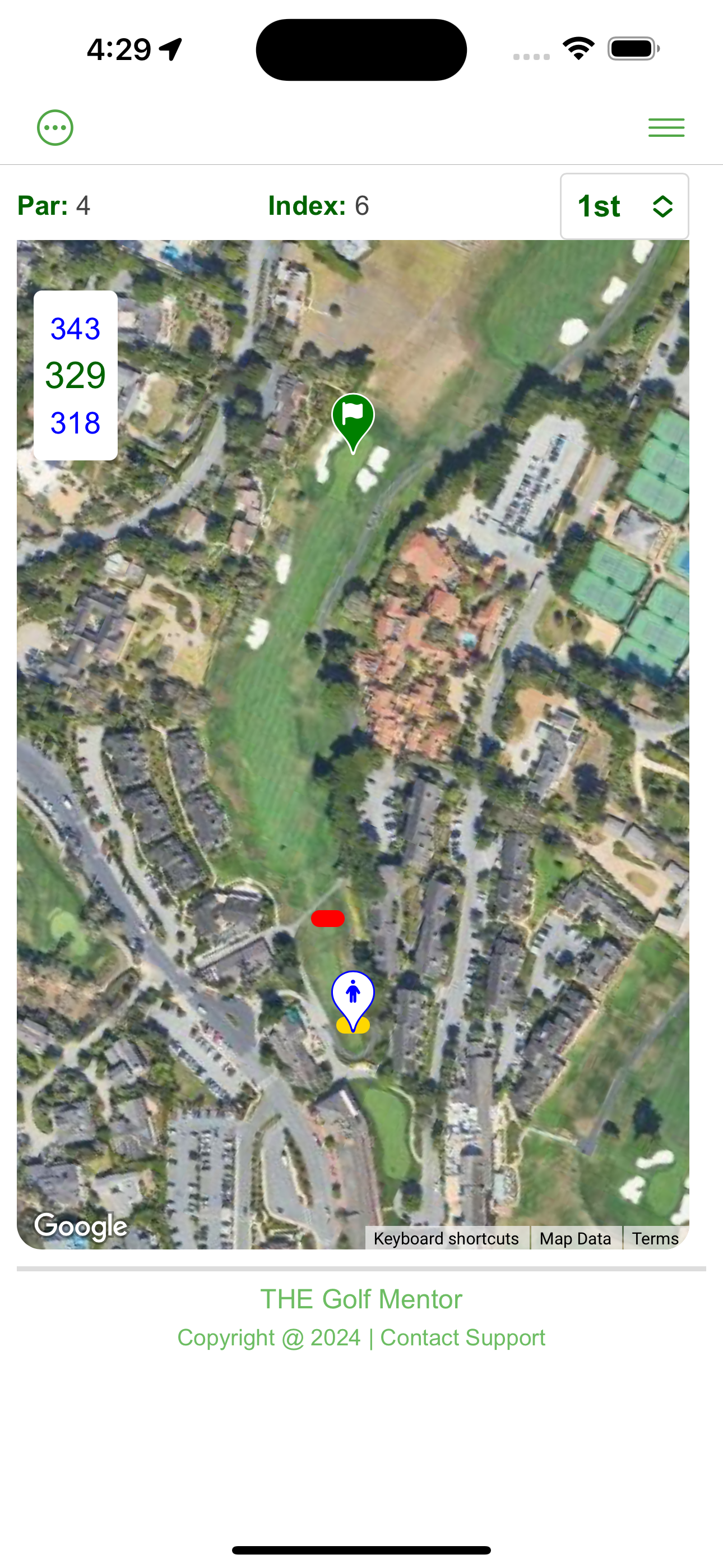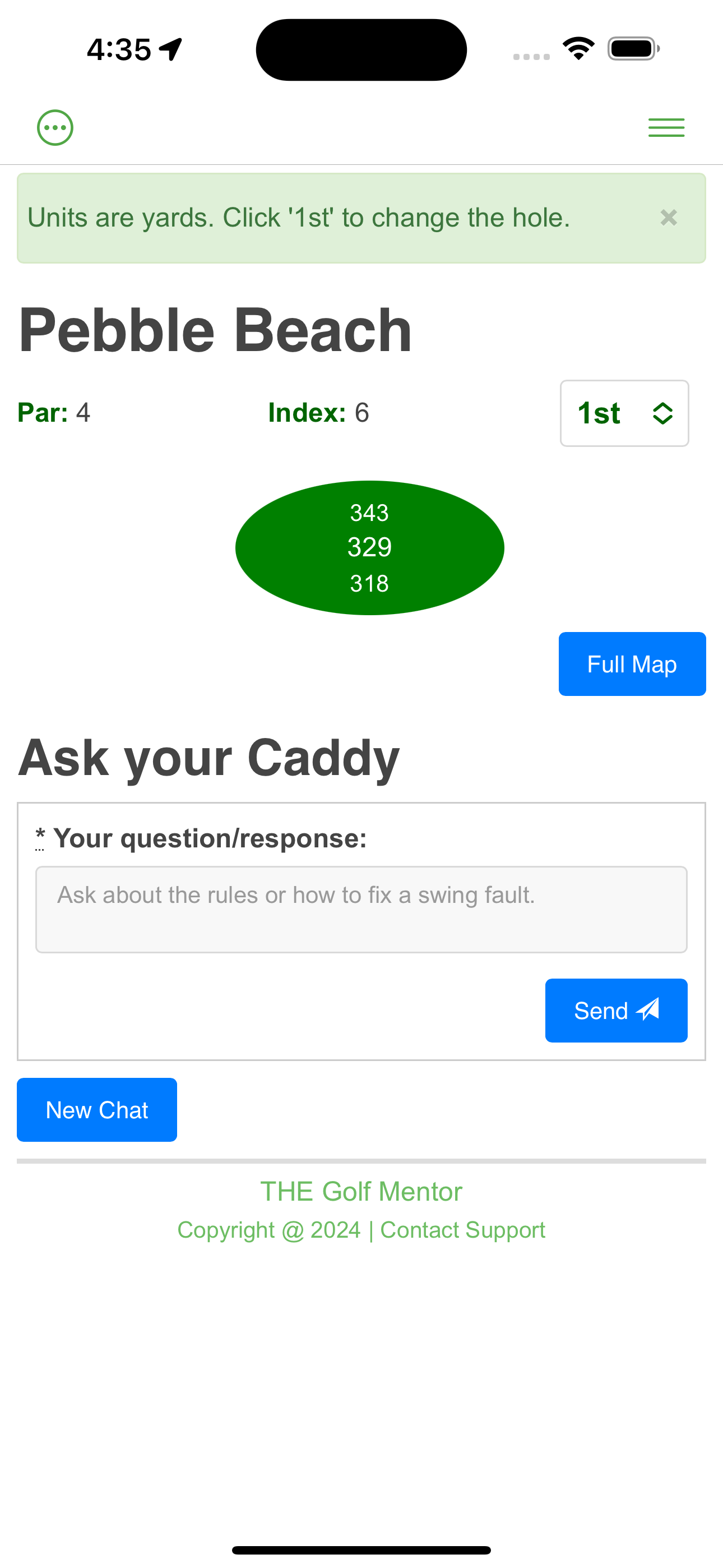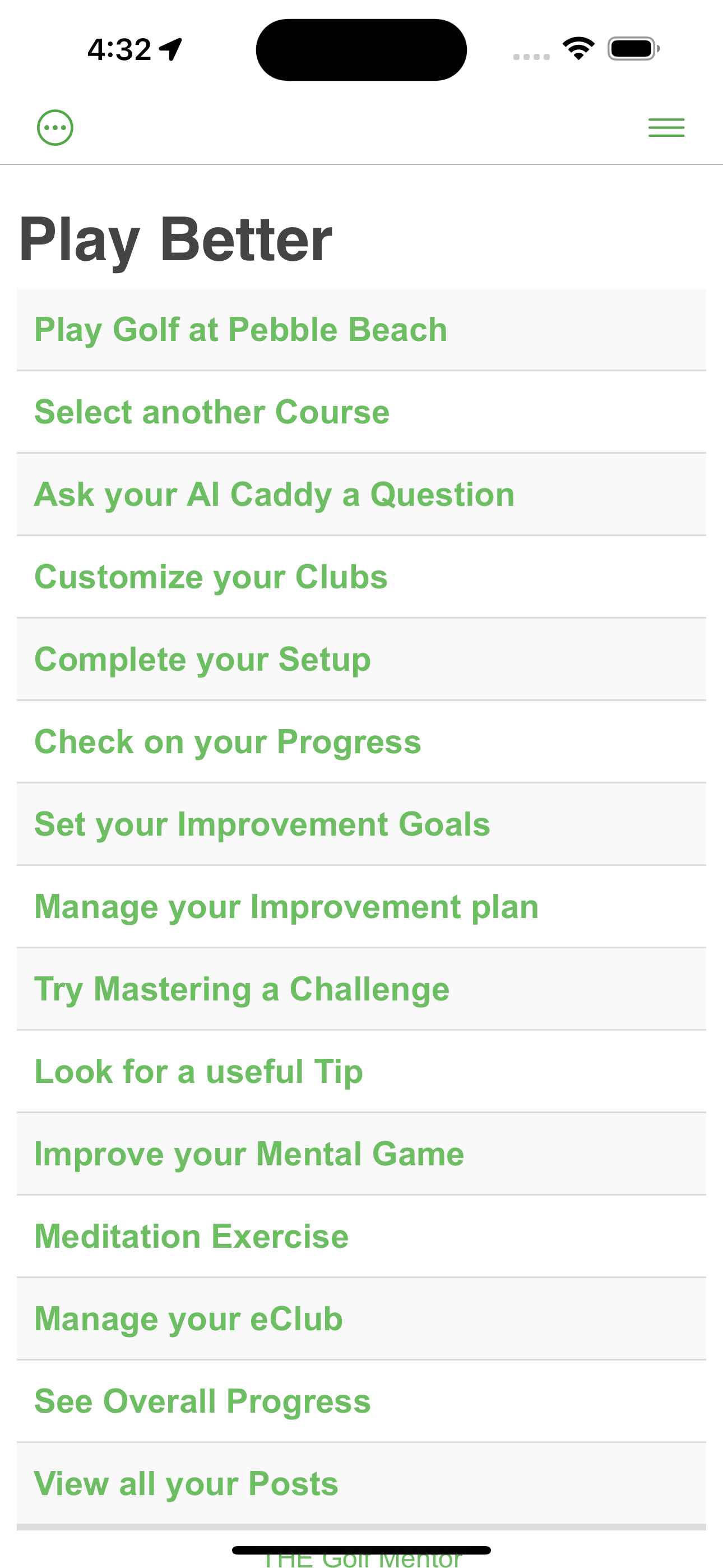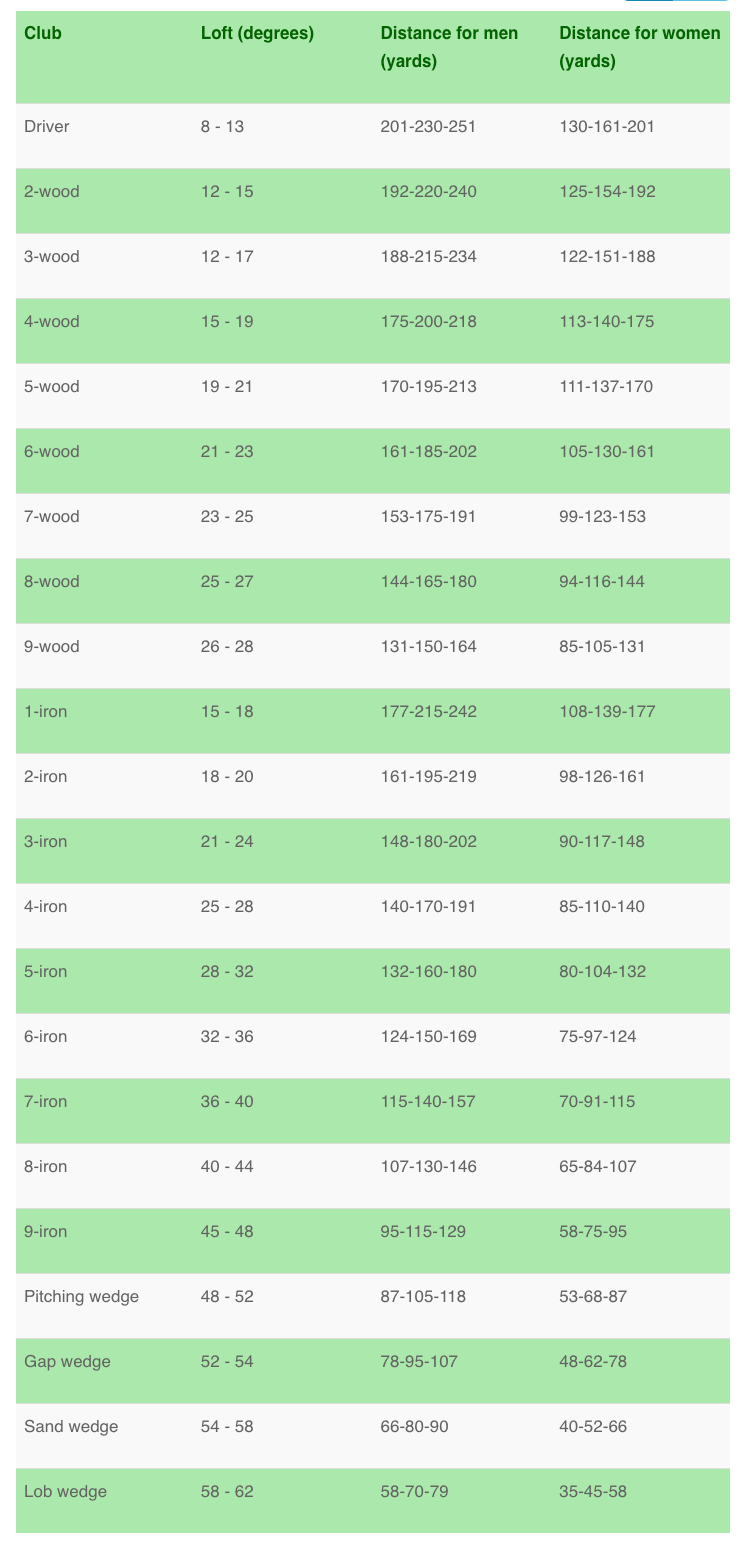Distances for Penalty Drops in Golf
In golf, understanding the nuances of penalty and relief situations is essential for every player, from amateurs to professionals. The concept of distance plays a pivotal role in these rules, affecting how players proceed after encountering various obstacles or penalties on the course. This article delves into the distances involved when taking a penalty or relief, highlighting the strategic considerations players must make.
When a ball is lost or out of bounds, the rules require the player to take a penalty stroke and play a ball from where the previous stroke was made. This situation doesn't involve a specific distance in terms of relief but rather the distance back to the original spot, plus the distance of the next shot, effectively penalizing the player with additional distance to cover.
In contrast, when dealing with water hazards (now referred to as penalty areas), the distances involved in taking relief become more nuanced. If a ball lands in a penalty area, the player has several options, each with its own distance implications. One option is to play the ball as it lies, with no distance penalty. Alternatively, the player can take relief with a one-stroke penalty, dropping a ball within two club-lengths of, and not nearer the hole than, the point where the ball last crossed the margin of the penalty area, or on the opposite margin of the penalty area equidistant from the hole. These options require players to carefully consider the distance their ball will be from the hole after taking relief and how it affects their strategy moving forward.
A "club-length," is a term frequently mentioned in the context of relief distances. A club-length is a standard measurement used in golf to determine the area within which a player may drop a ball when taking relief. It is defined by the length of the longest club in the player's bag, excluding the putter. Typically this is a driver. In practical terms, the average length of a driver for most golfers—is approximately 45 to 48 inches. Therefore, when translating this measurement into more familiar units, a club-length would roughly equate to about 4 feet. This measurement provides a tangible frame of reference for players, helping them to visualize and execute relief procedures accurately on the course.
Another common scenario involves taking relief from an immovable obstruction or abnormal course condition, such as ground under repair. In these cases, the player may drop the ball within one club-length of the nearest point of complete relief, not nearer the hole. This rule allows players to move their ball away from an unfavorable condition, but the limited distance of one club-length ensures that this relief does not provide an undue advantage.
When a ball is unplayable, the player has three options, each with its own distance considerations. The player can take a stroke and distance penalty, meaning playing a new ball from the original spot, essentially losing the distance gained with the previous shot. Alternatively, the player can drop within two club-lengths of where the ball lies, not nearer the hole, or drop any distance behind the point where the ball lay, keeping that point directly between the hole and the spot on which the ball is dropped. These options give players strategic choices, balancing the penalty of additional strokes against the potential benefit of a better position or shorter distance to the hole.
In all these scenarios, understanding and accurately gauging distances is paramount. Players must be adept at estimating distances to make informed decisions about which relief option to take or whether to incur a penalty stroke. The strategic manipulation of distances under the rules can significantly impact a player's score and performance. If in doubt, mark the position of the relief point (e.g. where you entered the hazard) and use your driver to measure the distance.
Free Trial of GPS Distances to the green



Want to Improve Quickly?
For over 13 years, Golf Mentor has been helping golfers enhance their skills. It is now powered by the amazing Artificial Intelligence of ChatGPT.
You can cancel at any time within the 14 days trial at no charge. By signing up, you are agreeing to our Terms and Conditions. All credit card transactions are directly processed by Stripe, who handle billions of dollars of transactions per year. Even using the Golf Mentor during the trial period can make a big difference to your game. Why not join the thousands of other golfers who have tried the Golf Mentor?
Rules of Golf
Here is some simplified information on the rules of golf.
